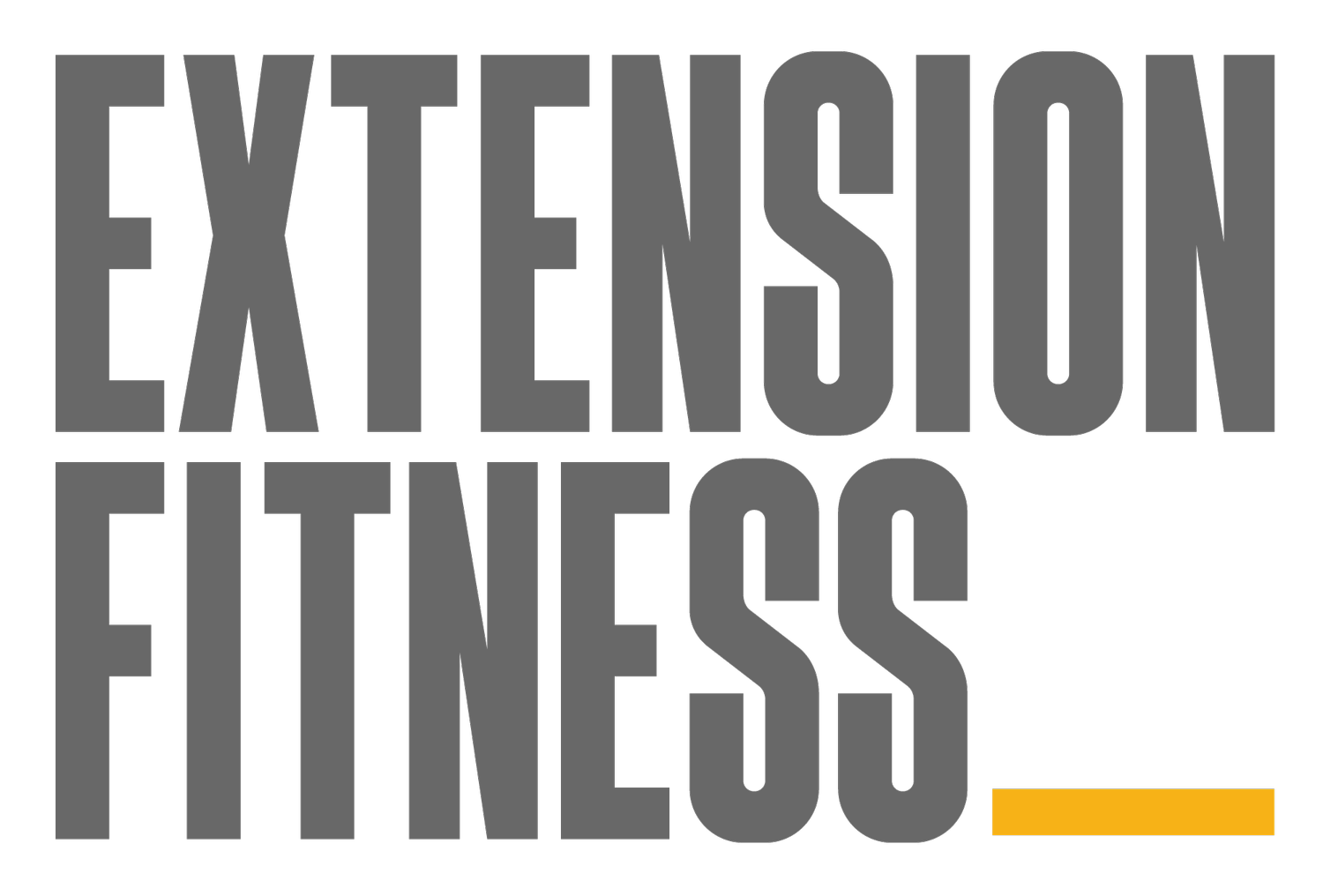How Do I Get Faster?
How do I knock some time off my Parkrun PB?
How do I gain some speed to perform better during mid-week soccer?
How do I improve my running speed to impress the selectors for that junior state development team?
How can I move quicker around the court to really annihilate my mates in tennis?
“How do I get faster?”
This article is about improving your running fitness as a time-poor recreational athlete.
Getting quicker as a runner (or athlete using running in your sport) can be tricky.
Even if you spend a good amount of time training, the initial improvement can plateau off rapidly.
The law of diminishing returns kicks in, and greater effort is needed to improve by smaller increments than when you got started.
And once you get a taste for progress, it can be unsatisfying to lose momentum.
Eventually we all need to come to terms with stalled progress (and regression!) but can anything be done to squeeze out a few more gains?
By training smarter for your sport or event, it may be possible to improve some more without throwing more time and energy at training.
What do I mean by training smarter?
Well, it is quite common for running athletes to be training in misguided fashion, leaving speed on the table through haphazard or poorly informed practices.
In this article, I want to commend to you one simple principle you can follow to train smarter:
Practice your event.
Let's look at it through the lens of someone looking to improve their Parkrun time (NB: Parkrun is a 5K run on pavement).
This event falls within the broad umbrella of distance running, along with other events ranging from 1500m to the marathon (42.2km) and ultramarathons (50km+).
For these events, it’s agreed that around about 80 percent of your time spent training should be at relatively low intensity, and 20 percent should be at relatively high intensity.
But it is still quite possible to train badly following that broad prescription. (And, as I have written elsewhere, I think there's reasonable doubt as to whether it is the best approach to training when your time is highly limited).
A runner seeking to improve over 5K could still make significant training errors by adhering to this advice alone - such as running too fast/hard on their easy runs, or doing too much sprinting and insufficient practice at 5K race intensity.
There are probably lots or runners out there who are hyperfocussed on "zone 2" easy running, 80/20 running, VO2 max intervals and other complicated concepts fed to them by YouTube, running websites and social media. These can make sense for more advanced runners, and people with time to burn, but may not serve the interests of busy recreational athletes - those who have to wrestle training time out of a packed schedule.
A simple, old school principle you can trust is: be specific.
To get faster at a 5K race, you need to practice 5K racing. (Which is not to say this is the ONLY thing you’ll do - 5K flat out every time you train - just that you’ll spend quite a lot of time and energy running near or at 5K racing intensity).
Practise the thing you want to improve. Throw your best training energy at event-specific training.
Make it the thing you do on Monday, not Friday. In short, make it your priority.
Here's how it would look.
It so happens that I'm trying to get faster over two main distances: 5K and the half marathon.
I have two main running training sessions I try to do each week as a minimum:
5K race pace intervals
Half-marathon pace efforts
Here's the sort of thing I would do in those workouts. These sessions show what I mean by "be specific".
5K Race Pace Intervals
Session 1: 10x500m at 5K race pace (~4 minutes per km for me) with 60s rest between intervals
Session 2: 5 x 1K at 5K race pace with 120s rest between intervals
Session 3: 2x500m slightly faster than 5K race pace with 60s rest after each 500m, then 1 x 1K slightly slower than 5K race pace with 3 min rest. Repeat the cycle 2-3 times.
Half Marathon pace efforts
Session 1:
2K warmup
8K at half-marathon pace (for me, that’s ~4:35 minutes per km)
2K cooldown
(I'm doing this session, and gradually increasing the distance of the half-marathon pace interval as I work towards the HBF run for a reason in May. I’ll get that half marathon pace interval up to 14-16km before the race in mid May).
One of the great things about this way of training your running fitness is that your body gets dialled in to these paces, and becomes really efficient. That way, it’s much easier to translate them to a race environment.
How would it look in other sports?
Hockey
Do you want to improve the amount of ground you can cover fast on the hockey pitch?
First of all, you should do hockey-esque running, like suicides on a hockey pitch - incorporating direction changes and match-level speeds (not hours and hours of easy running, cycling or swimming).
Tennis
Sessions involving sprinting on angles, fast lateral movement and rapid direction changes. It could be worth your while to practice something like the Illinois agility test, for example.
Or, if this is not convenient, simply practicing fast lateral (sideways) and forwards/backwards direction changes. You could incorporate some reps of this sort of thing when you go for a jog, or take your dog for a walk.
I hope this article will help you to run faster, however that looks for you, without costing you bucketloads of extra training time or energy! Send through any questions you have - I’m happy to help you out if I can :)
